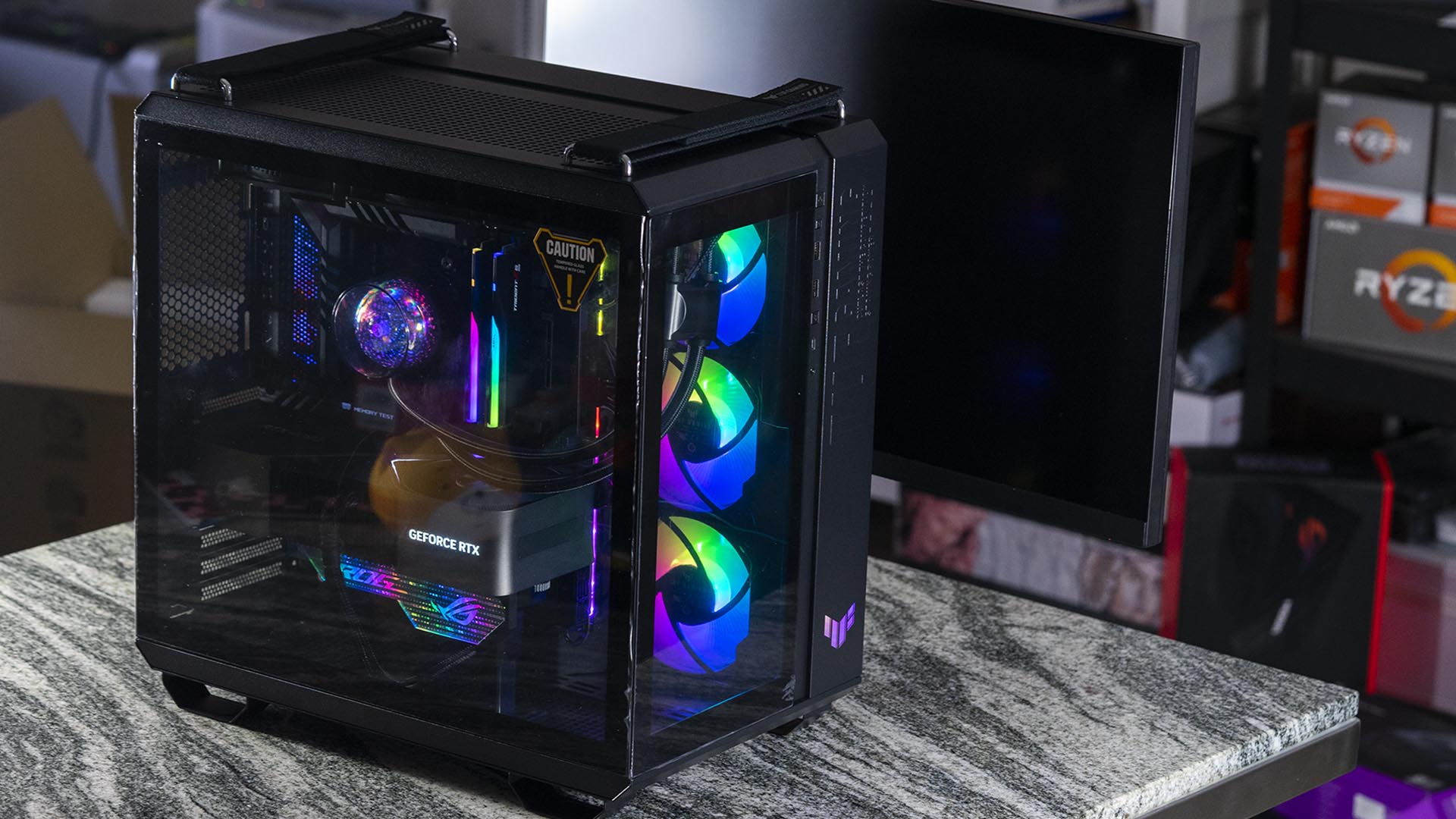Energy-Saving Fans (ES Fans) have emerged as indispensable tools for cooling and ventilation across various recreational and professional environments. Understanding the diverse types of ES Fans, their functionalities, and how to select the right one can enhance your experience, whether for personal or commercial purposes.
This article aims to provide a deep dive into the world of ES Fans. We will explore their features, advantages, and potential challenges, offering valuable insights and supported by data from credible sources. By the end of this guide, you will be well-equipped to make an informed decision about the best ES Fan for your needs.
Whether you're searching for an ES Fan for your home, office, or industrial setting, this article will cover all aspects of ES Fans, ensuring you have the necessary knowledge to make the right choice. Let’s delve into the details and uncover all the essential information about ES Fans.
Read also:Exploring The Remarkable Life And Wealth Of Alan Alda
Table of Contents
- What Are Energy-Saving Fans?
- Types of Energy-Saving Fans
- Benefits of Using Energy-Saving Fans
- How to Choose the Right Energy-Saving Fan
- Applications of Energy-Saving Fans
- Maintaining Your Energy-Saving Fan
- Common Issues with Energy-Saving Fans
- Conclusion
What Are Energy-Saving Fans?
Energy-Saving Fans, commonly referred to as ES Fans, are specifically designed to provide efficient cooling and ventilation while consuming significantly less energy compared to conventional fans. These fans incorporate cutting-edge technology that optimizes airflow and reduces energy consumption, making them an environmentally friendly choice for individuals and businesses committed to reducing their carbon footprint.
As awareness about energy conservation and environmental sustainability continues to grow, ES Fans have gained immense popularity among consumers and enterprises. Their versatility allows them to be utilized in diverse settings, ranging from residential homes to expansive industrial facilities, addressing cooling needs effectively.
Key Features of Energy-Saving Fans
- Energy Efficiency: ES Fans consume substantially less power than traditional fans, translating to significant cost savings over time.
- Advanced Technology: Many models are equipped with features such as variable speed controls, smart sensors, and programmable timers, enhancing their functionality and user experience.
- Quiet Operation: Designed for minimal noise output, ES Fans are suitable for a wide array of environments, including bedrooms, offices, and industrial spaces.
Types of Energy-Saving Fans
The market offers a variety of ES Fans tailored to specific applications and environments. Understanding the differences between these types will assist you in selecting the most suitable option for your needs.
1. Ceiling Fans
Ceiling fans are a favored choice for cooling expansive areas in homes and commercial establishments. They circulate air efficiently and can complement air conditioning systems, enhancing overall comfort levels.
2. Wall-Mounted Fans
Wall-mounted fans are ideal for spaces with limited floor area. They can be positioned at various heights to optimize airflow and are frequently employed in industrial settings, providing targeted cooling solutions.
3. Portable Fans
Portable ES Fans are lightweight and easy to transport, making them an excellent choice for personal use. They are commonly utilized in homes, offices, and outdoor activities, offering flexibility and convenience.
Read also:Exploring Ty Penningtons Journey And Net Worth
4. Exhaust Fans
Exhaust fans are designed to eliminate stale air and unpleasant odors from enclosed spaces. They are often installed in kitchens and bathrooms to improve air quality and ventilation.
Benefits of Using Energy-Saving Fans
Opting for ES Fans over traditional fans offers numerous advantages that enhance both comfort and cost-effectiveness.
- Energy Savings: ES Fans use less electricity, leading to reduced utility expenses and long-term financial benefits.
- Environmental Impact: By consuming less energy, ES Fans contribute to lowering overall carbon emissions, supporting global sustainability efforts.
- Enhanced Comfort: These fans provide consistent and effective airflow, ensuring a pleasant and comfortable environment.
- Versatility: ES Fans can be adapted for use in various settings, offering a reliable and flexible cooling solution.
How to Choose the Right Energy-Saving Fan
Picking the appropriate ES Fan for your specific requirements involves considering multiple factors. Below are some guidelines to assist you in making an informed decision:
1. Determine Your Space Size
The dimensions of the area you intend to cool will significantly influence your choice. Larger spaces may necessitate more powerful fans or multiple units to ensure adequate airflow distribution.
2. Consider Noise Levels
If the fan will be used in a quiet setting, such as a bedroom or office, prioritize models designed for silent operation to maintain tranquility.
3. Check Energy Ratings
Look for fans with high energy efficiency ratings to ensure you are investing in a product that will deliver savings over time.
4. Look for Additional Features
Some ES Fans come with supplementary features like remote control functionality, programmable timers, and smart home integration, enhancing convenience and usability.
Applications of Energy-Saving Fans
Energy-Saving Fans can be utilized in numerous settings, each benefiting from their distinct features:
1. Residential Use
In residential settings, ES Fans can improve air circulation, especially during warmer months, creating a more comfortable indoor atmosphere for family members.
2. Industrial Use
In industrial environments, ES Fans play a crucial role in maintaining optimal air quality and temperature control within production areas, ensuring worker comfort and productivity.
3. Commercial Use
Commercial spaces, such as offices and retail outlets, benefit from ES Fans by providing a pleasant environment for employees and customers, fostering a positive atmosphere.
Maintaining Your Energy-Saving Fan
Proper maintenance is vital to extend the lifespan of your ES Fan and ensure peak performance. Below are some maintenance tips:
- Regularly clean the fan blades to prevent the accumulation of dust and debris.
- Periodically inspect the electrical components for signs of wear or damage.
- Monitor the fan for any unusual noises or vibrations, addressing issues promptly to prevent further damage.
- Store the fan appropriately during off-seasons to protect it from potential damage.
Common Issues with Energy-Saving Fans
Like any appliance, ES Fans can encounter problems. Below are some common issues and their corresponding solutions:
1. Fan Not Working
This issue could stem from a blown fuse or a faulty power cord. Begin by checking the electrical connections before seeking professional assistance.
2. Excessive Noise
Excessive noise may result from dust accumulation or loose components. Regular cleaning and tightening can effectively resolve this problem.
3. Poor Airflow
If airflow is insufficient, inspect for obstructions and ensure the fan blades are clean and free from debris, restoring optimal performance.
Conclusion
Energy-Saving Fans represent a wise investment for anyone aiming to enhance airflow and energy efficiency in their home or workplace. By comprehending the various types, benefits, and applications of ES Fans, along with proper maintenance practices, you can make the best choice for your specific needs. We encourage you to explore different models and features to identify the ideal ES Fan that aligns with your lifestyle.
If you found this article helpful, please leave a comment below, share it with your network, or explore our other articles for additional insights and tips!
Thank you for reading, and we look forward to welcoming you back to our site for more valuable content and guidance!


